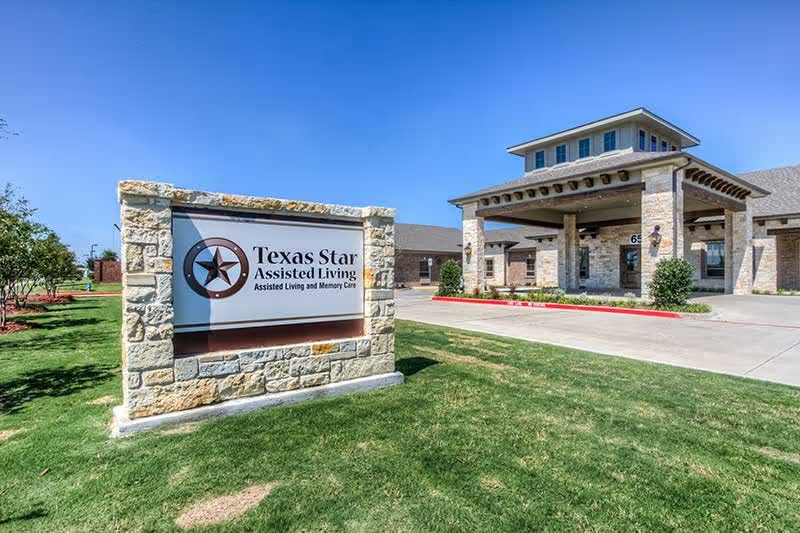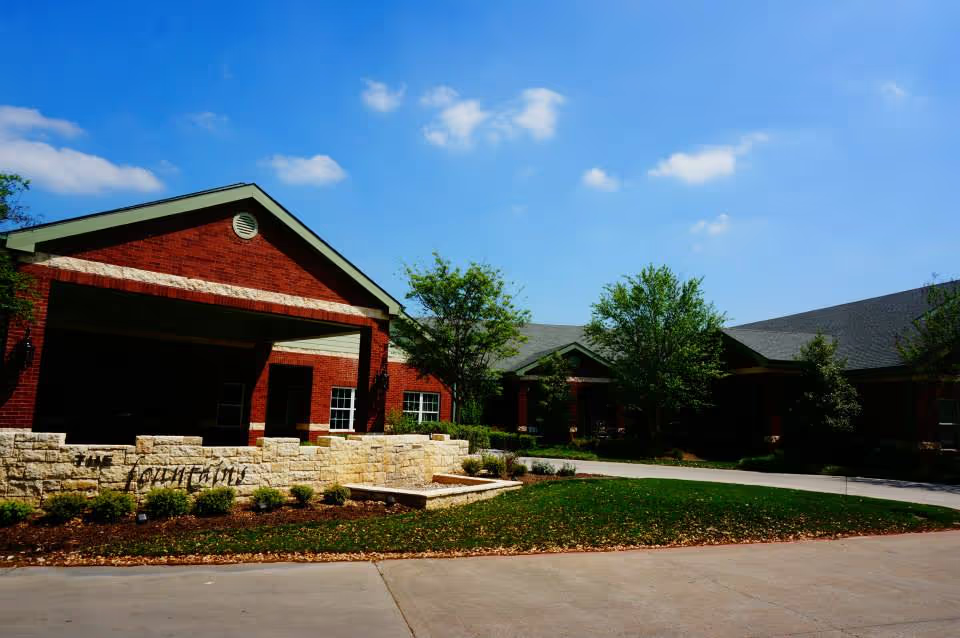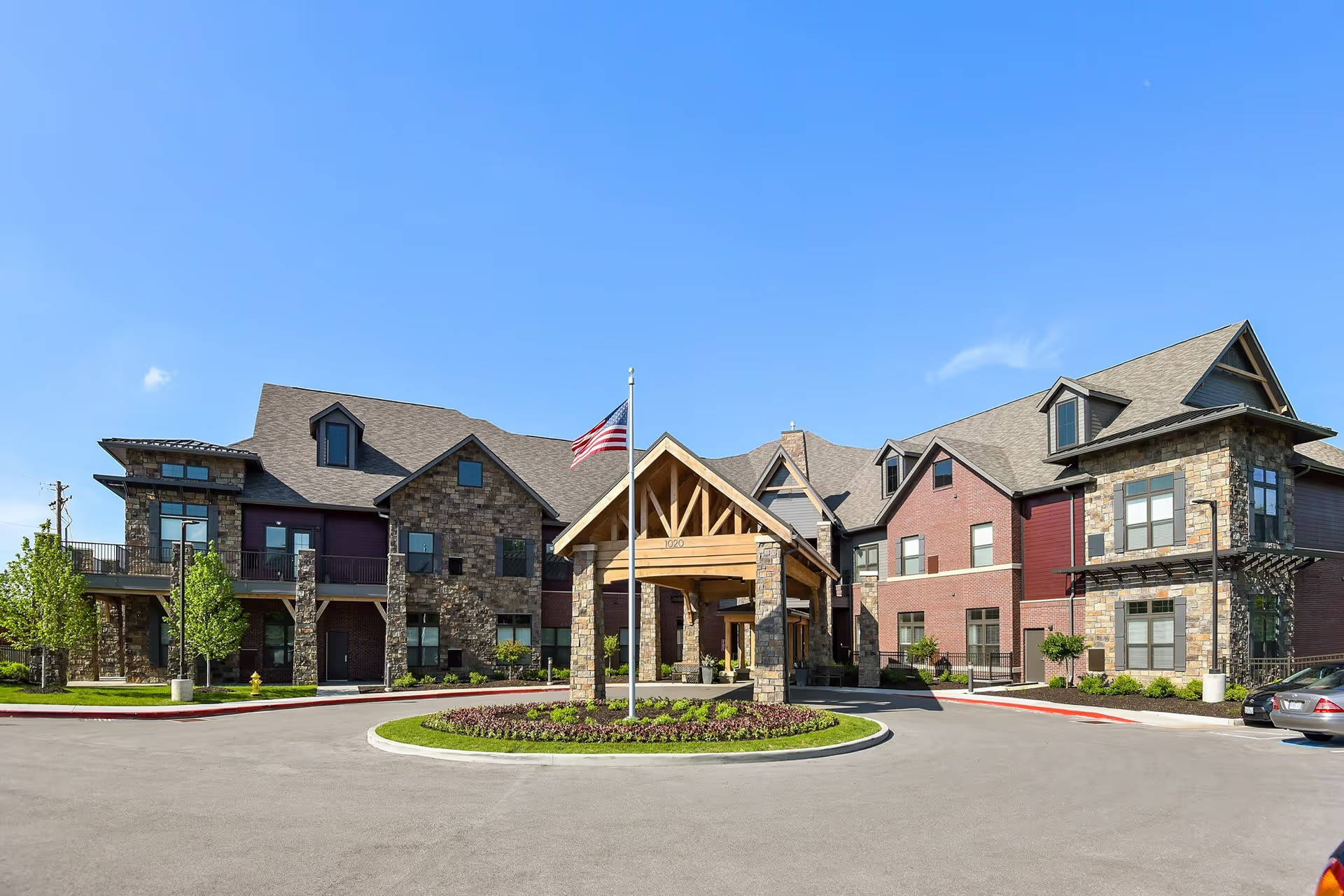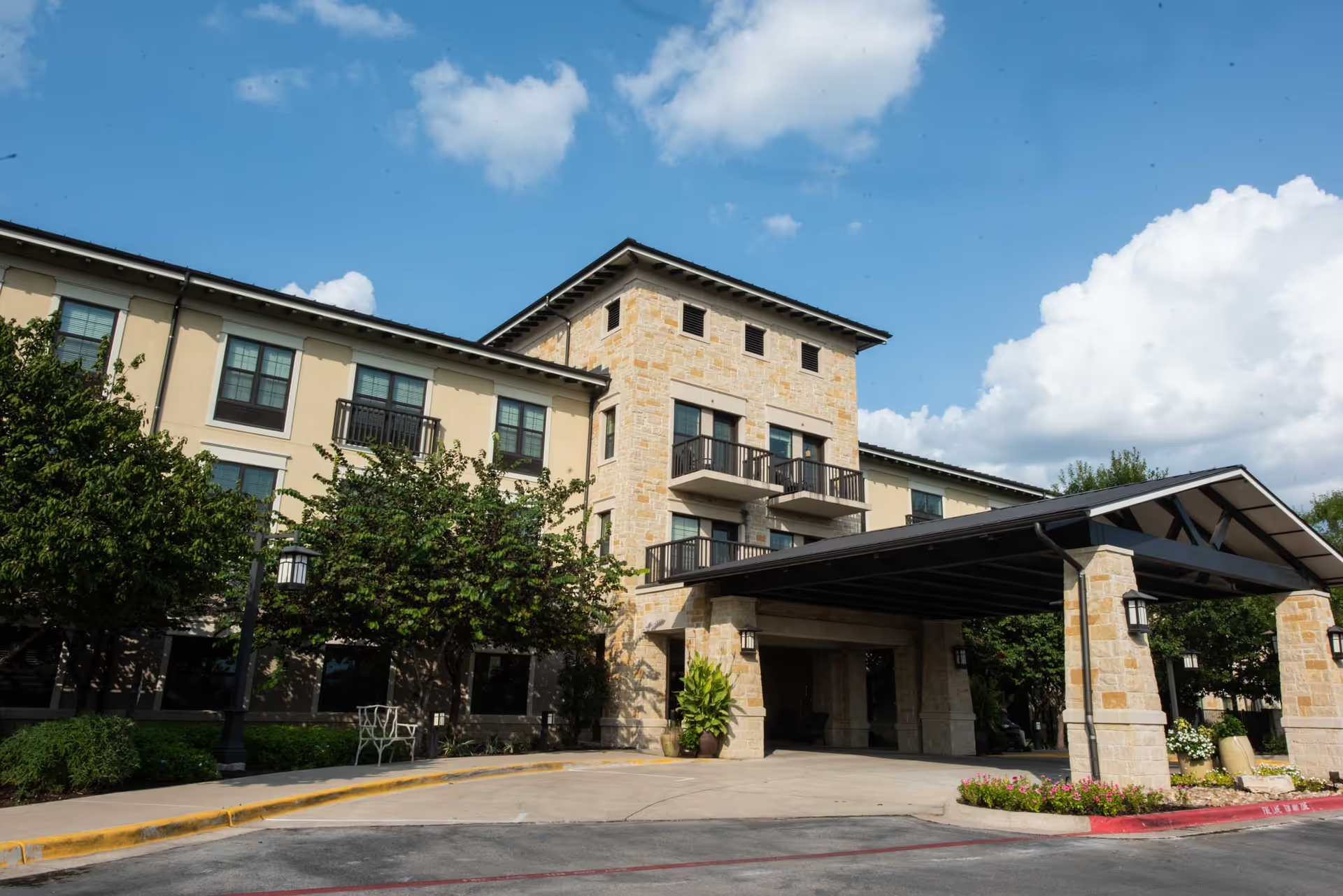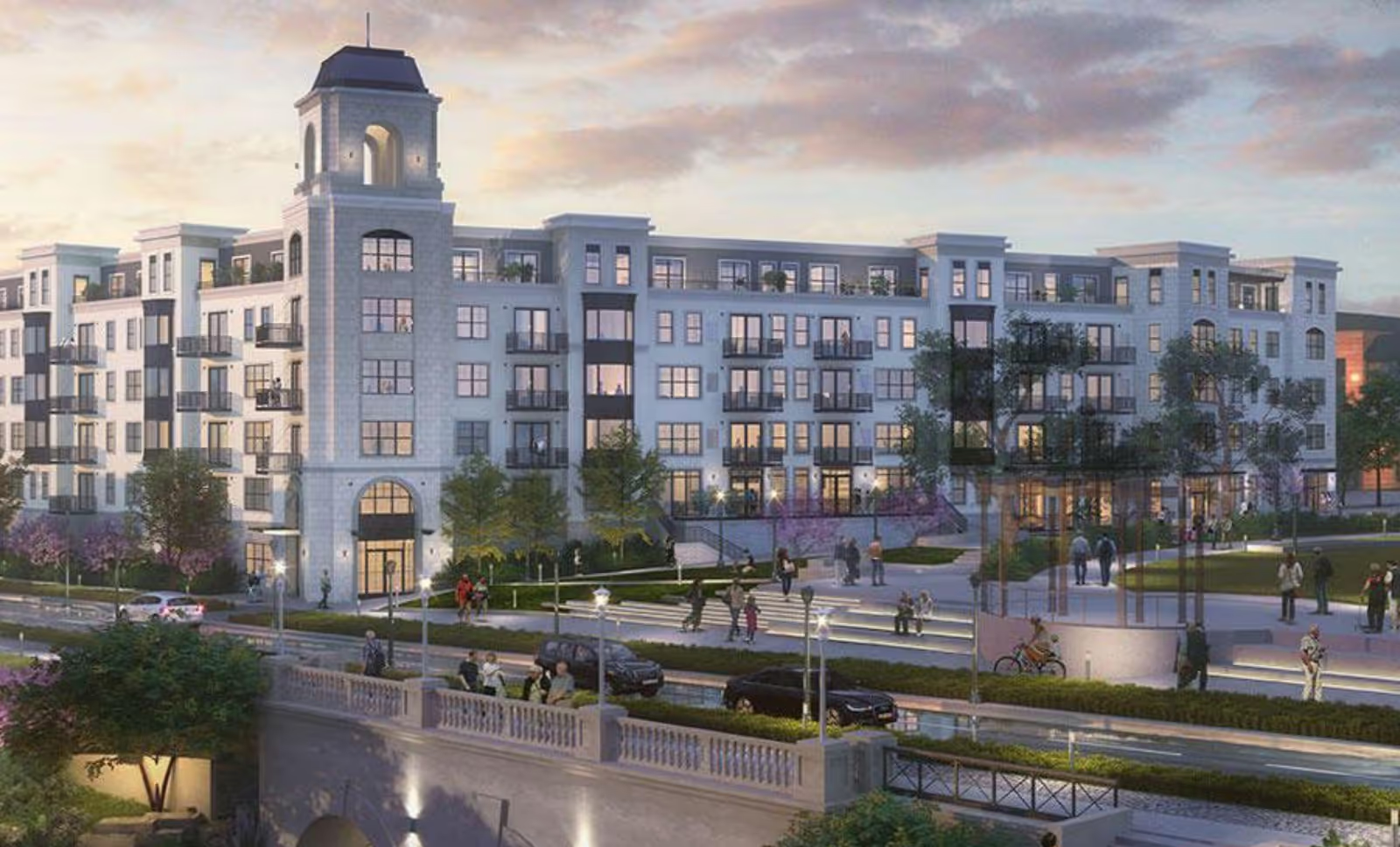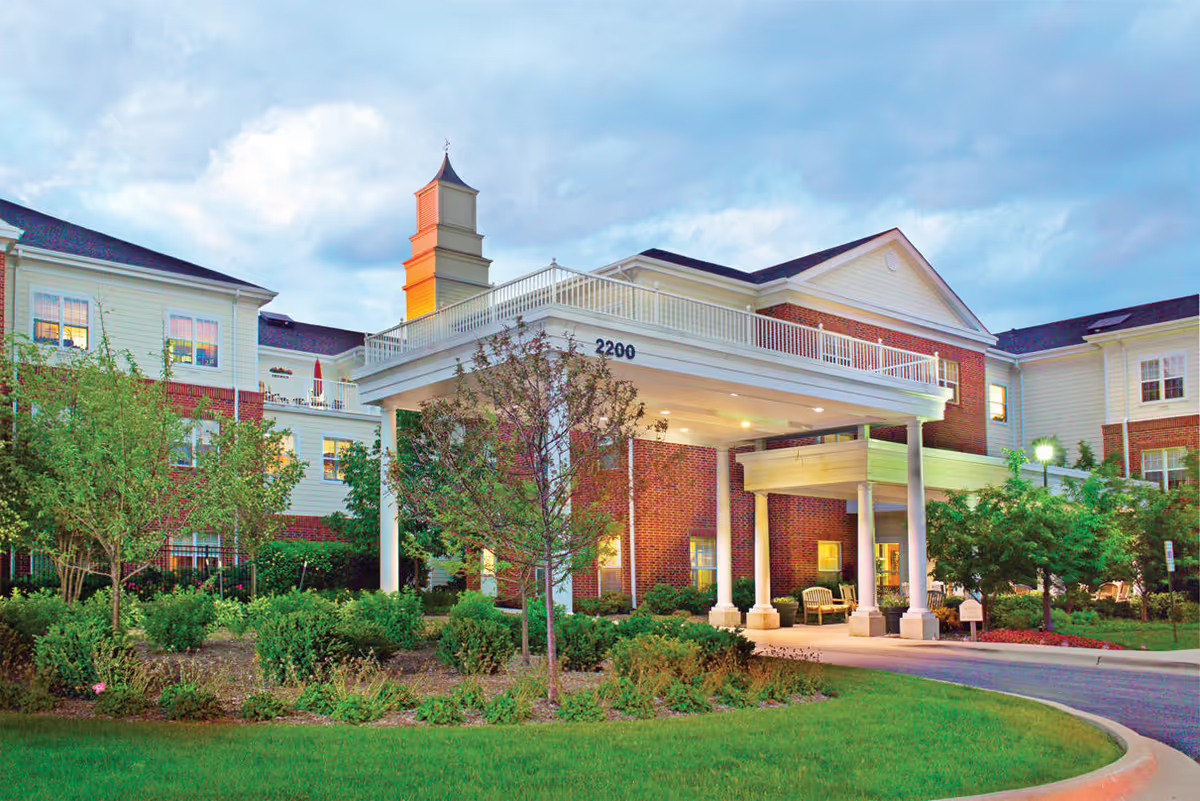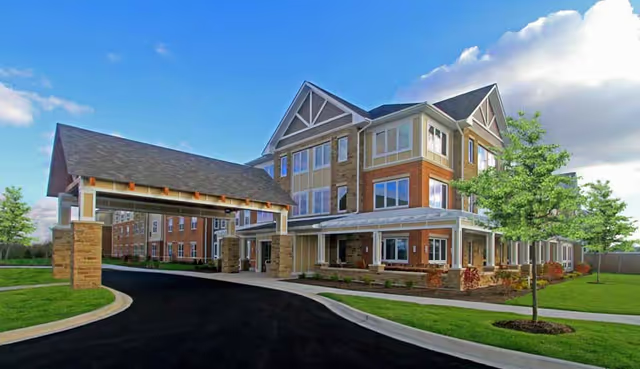Overall sentiment across the reviews is largely positive about Ascension Living Via Christi Village as a well-kept, community-oriented senior living campus, but there is a consistent set of mixed concerns that potential residents and families should weigh carefully. Many reviewers emphasize a warm, home-like environment with bright architecture (skylights, atriums, and a notable lobby with a fireplace), clean common areas, and comfortable outdoor seating and balconies. The campus is repeatedly described as social and friendly: residents frequently report easy socialization in dining areas, puzzles on every floor, and a busy calendar of activities that includes bingo, balloon volleyball, crafts, movies, and regular day trips. The facility's faith-based identity and on-site chapel/mass services are meaningful positives for residents seeking spiritual programming. Numerous practical amenities also receive praise: pet-friendly policies, on-site bank and store, barber and nail services, bird aviary, laundry facilities, exercise rooms, and accessible elevators and covered parking. Many apartments are highlighted as spacious with full kitchens and modern appliances, which supports both independent living and residents who want to prepare meals in-unit.
Staffing and interpersonal care are a major theme and present a mixed picture. A large number of reviews express strong approval of individual staff members — described as friendly, caring, and helpful — and families often note smooth move-ins and supportive staff interactions. On the other hand, there are recurring complaints about understaffing, high turnover, and a reliance on agency staff. These staffing problems are tied to practical issues such as delays in service, difficulties locating staff when needed, agency personnel who may be less consistent, and occasional reports of staff behaving disrespectfully or ignoring residents. Several reviewers singled out concerns about overnight staff accountability and inconsistent supervision, which can impact the day-to-day experience of residents and families.
Dining is another polarized area. Many reviews praise the food, describing generous portions, daily menu variety, and home-style cooking, and several single out the kitchen staff as excellent. For numerous residents, dining is a key social outlet. However, an equal number of reviews describe a decline in food quality over time — mentioning processed/frozen meals, tasteless offerings, limited choices, removed snacks, and out-of-stock items. There are specific notes that meals were initially delicious but later became disappointing, and some reviewers report small portions or confusion about menu items. Dietary accommodation appears to be handled well for some residents and inconsistently for others, leading to mixed experiences.
Programming and amenities get consistently positive feedback. The community is frequently commended for its robust activity schedule, presence of puzzles and crafts, fitness and therapy services (on-site PT/OT), transportation for medical appointments, and numerous social offerings that foster friendships. These features are often cited as reasons families would recommend the community. The continuum-of-care model is an advantage for many residents who appreciate the option of assisted services on the same campus. That said, multiple reviews emphasize a limitation: the facility is not equipped for higher acuity (not a level-3 facility) and some families experienced difficulties when a resident required higher-level care or extended hospitalization.
Management, policies, and continuity-of-care present notable cautionary items. Several reviews raise concerns about administrative responsiveness and transparency: complaints include retained activity deposits, unannounced apartment visits, misleading or bossy behavior during showings, and at least one serious case where a resident was left in an apartment for months after hospitalization. Families also report challenges obtaining paperwork and coordinating transfers back to the facility after a hospital stay, and some describe an unhelpful or blame-shifting nursing leadership. A few comments note that the campus is not truly integrated with the associated hospital or nursing home in a way that ensures seamless transitions for higher care needs. There are also mentions of service reductions and policy changes (snack removal, service cuts) that affect resident satisfaction.
Safety, costs, and physical condition of buildings are further differentiators. Some reviewers express concerns about neighborhood crime and indicate that visitor security/check systems could be tighter. While many emphasize the facility is safe and peaceful, others highlight lapses in visitor screening and inconsistent COVID precautions (masking). Financially, opinions vary: some find the community affordable and a good value given the amenities and inclusive bills, while others find it expensive and note additional fees (for shuttle services, for example) that can add up. The physical plant is generally described as attractive and well-maintained, but reviewers note variation — the exterior may appear more impressive than some interior units, and some buildings are older even while well-kept. Apartment sizes also vary: some units are praised as roomy with full kitchens while others are described as small or with limited kitchen space.
In summary, Ascension Living Via Christi Village appears to be a strong option for many seniors seeking an active, faith-friendly community with extensive amenities, social programming, and generally caring staff. The biggest recurring risks are variability in dining quality, staffing stability and supervision, and certain management/administrative practices that have led to negative experiences for some families—especially when residents require transitions after hospitalization or higher levels of care. Prospective residents and families should tour the campus, speak to current residents about daily routines and food, clarify contract terms (deposits, fees, level-of-care limitations), ask about staff turnover and the use of agency personnel, and confirm procedures for medical transfers and paperwork to ensure the community matches their care needs and expectations.
